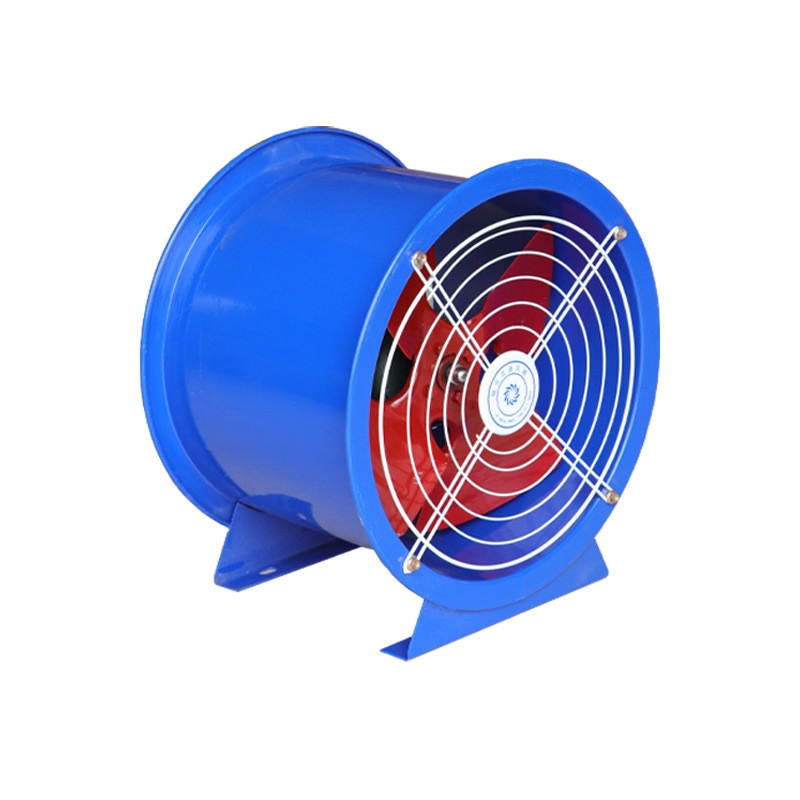
Imagine walking into a factory where heat and fumes make breathing difficult. That’s where roof axial exhaust fans become essential. These workhorses remove stale air, control temperatures, and maintain air quality. Surprisingly, 30% of industrial energy costs come from ventilation systems according to EPA reports. Choosing the right roof axial exhaust fan isn’t just about comfort – it’s about productivity and safety.
During our 2025 retrofit project at a logistics center, we found temperatures reaching 40°C (104°F) in summer. Installing three industrial-grade roof axial exhaust fans reduced temps by 8°C within hours. The key? Positioning fans near heat sources and creating cross-ventilation.
Chemical plants often struggle with airborne contaminants. Axial roof ventilators with corrosion-resistant blades provide the answer. A Midwest factory cut downtime by 15% after upgrading their roof exhaust system, as workers reported fewer respiratory issues.
| Feature | Standard Roof Fans | Premium Axial Exhaust Fans |
|---|---|---|
| Energy Efficiency | 0.8-1.2 kW power draw | 0.4-0.8 kW with EC motors |
| Noise Level | 75-85 dB | 60-70 dB |
| Lifespan | 3-5 years | 7-10 years |
| Smart Features | Manual control only | IoT sensors & automation |
Humidity causes big problems in food facilities. Roof-mounted axial exhaust fans prevent condensation that leads to mold. One poultry processor reduced product spoilage by 22% after installing humidity-controlled roof vents last year.
Older ventilation systems waste shocking amounts of energy. Modern roof axial exhaust fans with variable-speed drives can cut energy use by up to 40%. The ROI typically happens in 18-24 months through utility savings alone.
Warning: Never install roof axial exhaust fans without proper curb flashing! Water infiltration causes 80% of roof damage around fan installations. Also avoid undersizing – calculate 10-20% above your theoretical CFM requirements.
Q: How often should roof axial exhaust fans be replaced?
A: Quality units last 10-15 years with proper maintenance. Watch for increased noise or decreased airflow as replacement indicators.
Q: Can these fans work in winter?
A: Absolutely! Modern models have automatic shutters to prevent heat loss. Some even feature reverse operation for air mixing.
Q: What makes axial fans different from centrifugal roof vents?
A: Axial roof exhaust fans move high volumes at low pressure – perfect for general ventilation. Centrifugal models handle higher pressure needs like ducted systems.
Choosing the right roof axial exhaust fan requires balancing airflow needs with energy efficiency. Look for IP55-rated motors, aerodynamic blades, and smart controls. For industrial-grade solutions, consider trusted suppliers like Weiting Industrial Ventilation which offers customized roof exhaust systems. Remember: proper sizing and installation make all the difference between mediocre and exceptional performance.